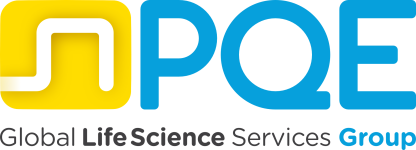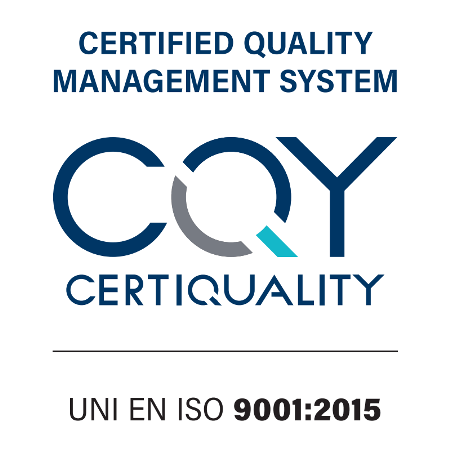by Gaurav Walia, Vice President of CSV/CSA/DI and Digital Governance Sr. Associate Partner at PQE Group
Digital Health Technologies (DHTs) consist of various systems that use computing platforms, connectivity, software, and/or sensors for health care and related uses. They include technologies intended for use as a medical product, in a medical product, or as an adjunct to other medical products (devices, drugs, and biologics). DHTs may also be used to develop or study medical products. In addition, there is a large spectrum of DHTs available for potential use to support drug development and review.
DHTs may take the form of hardware, applications and/or software. DHTs often consist of sensor hardware that allows for continuous or intermittent recording of physiological and/or behavioral data (e.g., blood pressure, physical activity, glucose levels, virtual and augmented reality therapies, etc.). DHTs can also be software applications that are run on general-purpose computing platforms (e.g., mobile phone, tablet, or smart watch). These DHTs may be used to administer electronic clinical outcome assessments, including electronic patient reported outcome and electronic performance outcome instruments. Some DHTs consist of hardware and software (e.g., a continuous glucose monitoring device that includes a sensor and a mobile application), both of which are necessary to achieve the DHT’s intended function or functions.1
In December 2023, FDA published the guidance for industry, investigators, and other stakeholders, Digital Health Technologies for Remote Data Acquisition in Clinical Investigations.5 This guidance outlines recommendations intended to facilitate the use of DHTs in clinical investigations, as appropriate, for the evaluation of medical products. These recommendations address selection of suitable DHTs, verification and validation of DHTs, and use of DHTs to collect data for trial endpoints. The guidance also addresses some of the risks associated with the use of DHTs in clinical investigations and their management. Guidance represents FDA’s current thinking on their respective topics with industry input/comments 1
There are numerous technologies that fall into the DHT categories; they include wearable, implantable, ingestible, and environmental sensors and software applications on mobile phones, among others. Advances in sensor technology, general-purpose computing platforms, and methods for data capture, transmission, and storage have revolutionized the ability to remotely obtain and analyze clinically relevant information from individuals. DHTs used for remote data acquisition are playing a growing role in health care and offer important opportunities in clinical research. DHTs can support traditional site-based clinical trials and enable the conduct of DCTs, which are clinical investigations where some or all trial-related activities occur at locations other than traditional clinical trial sites. DHT software can also be disseminated for use with a prescription drug.1
Recently, FDA approved a major medical device manufacturer’s device, which consisted of an insulin pump as well as a Continuous Glucose Monitoring (CGM) Device. At the time, this was the first device approved that delivers insulin based on glucose levels in a patient living with diabetes. The device looks at sugar levels every five minutes and provides approximately 300 readings per day. It consists of two components; one is an electrode inserted under the skin that gives continuous readings that can trigger a release from the other component, which is an insulin pump. The device allows for patients to have better control over their blood glucose levels, preventing or delaying the onset of diabetes-related complications.2
Recent examples include initiatives to build hands-off artificial pancreas systems, some of which have received regulatory clearance from the FDA and which will allow CGMs to be integrated into automated insulin delivery systems.3 These new medical technologies can help a wide range of patients with diabetes, including children and pregnant women, make their journey more safely, easily, and convenient. Patient-monitoring can now be done digitally, without the need to obtain blood samples, meet with physicians in person, and provides more detailed real-time data to the physician via connected devices. Better monitoring provides patients constant awareness of sugar levels to help them make decisions on every-day issues such as diet and habits.
Digital Health Technologies are used in a variety of applications, including telemedicine, artificial intelligence, wearable technology, health IT, mobile healthcare, predictive analytics, augmented reality, electronic therapeutics, electronic prescriptions, precision medicine, remote monitoring, virtual care and telehealth, electronic health records, and robotics. This broad range of apps and software support clinical decisions made by doctors every day, and are driving a revolution in healthcare. These tools have the potential to improve the ability for accurate diagnoses, disease treatments, and the delivery of healthcare for individuals. They may also be used to study or develop medical products (devices, drugs, and biologics). 4
One area in which PQE Group is involved with digital health technologies is the area of Femtech. Femtech is the ‘New Kid on The Block.’ It was coined in 2016 by Ida Tin, a Danish entrepreneur who founded Clue, a period- and fertility-tracking app. The term is applied to a category of software, diagnostics, products, and services that often use technology to focus on women’s health. This sector includes fertility solutions, period-tracking apps, pregnancy and nursing care, women’s sexual wellness, and reproductive system health care. As an industry, Femtech largely encompasses any digital or standard health tools aimed at women’s health, including wearables, internet-connected medical devices, mobile apps, hygiene products, and others.
The FDA’s Center for Devices and Radiological Health (CDRH) is encouraged by these advances and the convergence of medical devices with connectivity and consumer technologies, which have the ability to connect to and communicate with other systems and devices. The future of DHTs is wide reaching and exciting, with great promise for continued development and enhancement of ever-improving pharmaceutical and biotech products, medical devices, and other healthcare-related products and services which ultimately can potentially provide an overall better experience and outcome for the patient.
References:
- Framework for the Use of DHTs in Drug and Biological Product Development (fda.gov)
- https://www.medindia.net/news/medtronics-insulin-pump-receives-regulatory-approval-9474-1.htm
- https://www.fiercebiotech.com/medtech/modified-abbott-cgm-sensors-score-fda-nod-use-automated-insulin-delivery-systems
- https://www.fda.gov/medical-devices/digital-health-center-excellence/what-digital-health
- Digital Health Technologies for Remote Data Acquisition in Clinical Investigations | FDA



